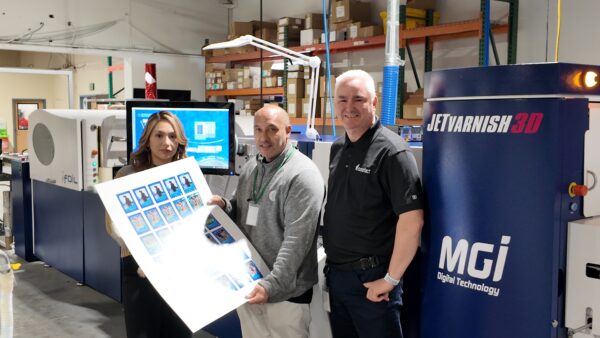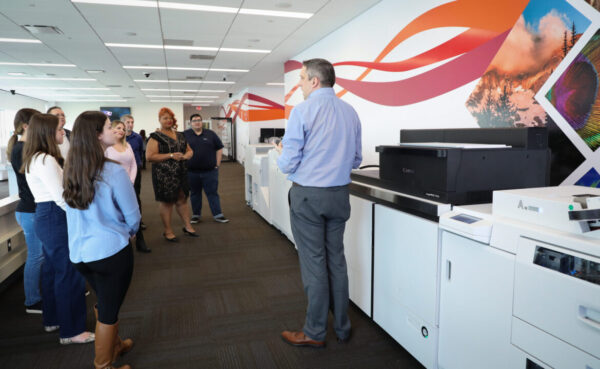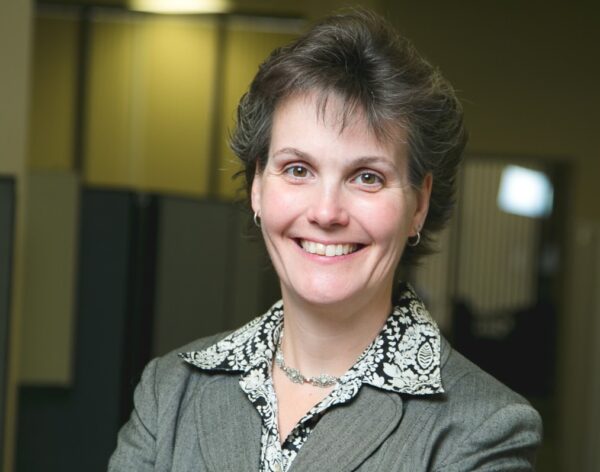In this era of diversification and acquisitions, less may be more.
Is there a limit to how many product lines a dealer can sell effectively? The number of A3 product lines carried by dealers in our 38th Annual Dealer Survey was 2.0, slightly higher than it had been in the previous two Surveys. In the A4 segment, that number was 2.2. We also discovered that 37.5% of survey respondents are dedicated to a single A3 line.
However, A3 and A4 are only half of the story. The rest is driven by diversification as dealers expand their offerings into production print, wide format, digital displays, label printers, EV chargers, UCaaS solutions, document management, IT services, and more.
I reached out to six dealers to learn their thoughts on the number of lines carried. All have diversified in one way or another, and most have made acquisitions.
Diversification = More Product Lines
“If you would’ve asked me that question five, eight years ago, my answer would’ve been much different than it is today,” said Troy Olson, owner and chief business development officer of Les Olson Company. “With diversification, you have to represent more lines.”
Les Olson Company is a single-line A3 Sharp dealer that also sells Ricoh production, and Sharp and HP A4. It also sells Fujitsu scanners, DocuWare software, and PCs from HP, Sharp (Dynabook), and Dell. “We buy a lot more on the PC side versus the print side from HP,” revealed Olson. “It’s a proven product, and clients like the HP brand.”
The dealership also represents Sophos on the firewall side of the business, ProofPoint on the email protection side, Datto on the backup and storage side, and Microsoft. It also sells Verkada security cameras. “I can’t believe what we did in the Verkada business last year,” said Olson. “We went from zero a couple of years ago to over $4 million in cameras in a couple of years. It’s unbelievable. It was tough for a few years, but diversification is key. If you’re going to be a true MSP, you need to diversify your offerings because a lot of times it’s customer choice.”
After rattling off all the many products his dealership sells, Olson said he couldn’t place a number on how many product lines are too many. “It depends on your business model,” he concluded.
Less Product Lines is More
“My philosophy on this topic is less is more,” observed Patrick Flesch, president of Gordon Flesch Company, who emphasized that it’s been beneficial to limit the number of products it sells so that the mindshare of its salespeople is not so convoluted. “I made the decision for us to exit the ECM business about a year and a half ago because I didn’t like the way our salespeople were getting bogged down in that world,” he said. “The time to recognize revenue was taking too long, the workflows were complicated, and it took sales reps’ focus away from print.”
Canon is Gordon Flesch Company’s primary A3 vendor. It also sells Ricoh. Lexmark is its A4 supplier after the dealership dropped another A4 line. “We’re in a really good spot where we’ve consolidated things down to those three print partners,” said Flesch.
IT services, branded as Elevity, represent another segment of the dealership’s business. This business segment operates separately from the print side, which helps keep things simple. The dealership also offers managed voice, which is sold by its Elevity and print sales teams. According to Flesch, that technology is easy for his sales reps to understand and be confident when talking about the technology.
Bid More Successfully with Multiple Product Lines
Donnellon McCarthy Enterprises in Cincinnati, Ohio, has three A3 lines—Sharp, Toshiba, and Ricoh—although in some locations, it only sells two of those lines. “It helps a lot with bids,” observed Jim George, the dealership’s president, about having multiple lines. “It allows us to meet specs and answer bids with multiple lines, which is something a direct manufacturer cannot do. If a school has certain specs, I might use a Sharp/Toshiba/Ricoh blend to meet the customer’s needs. In that case, it’s very beneficial.”
The dealership has also diversified into EV chargers and has strong IT services and cybersecurity businesses. “Those are our fastest growing areas,” said George about IT services and cybersecurity. I’m definitely seeing that headed towards 50% of our business within the next two years. It’s growing a lot faster than I had expected.”
“If you’re talking about MFPs, it’s nice to have one product line and be focused,” observed Andrew Ritschel, president of Electronic Office Systems (EOS) in Fairfield, New Jersey. “But if the client tells you they don’t want that brand or don’t like that brand, you’re done. So having a second product line is great.”
In addition to A3 and A4 MFPs, EOS sells EV chargers, but because of various state, government, and utility company regulations, that’s a challenge. Ritschel maintained that closing a deal and waiting for approvals can take some time. However, that hasn’t scared him away from adding EV chargers.
Acquisitions = More Product Lines
Deb Dellaposta, president of Doing Better Business (DBB), has added additional lines over the years through acquisitions. Because of customer relationships with those brands, she has found it difficult to walk away from a brand because of the existing base for that brand. “I know many manufacturers will be like, ‘Oh, I’ll help you flip the base,’ but it is not that simple. It affects your profitability when you carry too many lines, for sure.”
Although DBB does not have a full-blown IT offering, it provides certain types of IT services to customers via strategic partnerships with local IT vendors, which has been more beneficial than when DBB offered those services, trying to do everything for everybody. “We have found far greater success bringing in other vendors and sharing the wealth,” said Dellaposta. “We do not believe in the one throat to choke. No one is doing it well. Sorry.”
Overall, Dellaposta is satisfied with her dealership’s current offerings. “People put all kinds of shiny objects in front of us, and they’re like, ‘This is going to be the next great thing.’ I used to be all about the shiny objects. Now, we have a sandbox that we play in, and that sandbox has to do with documents, whether they’re digital or printed. Beyond that, I’m not doing security systems, I’m not doing robots or whatever.”
The Challenge of Too Many Product Lines
The benefits of multiple product lines cited earlier by EOS’s Ritschel comes with a caveat. “Having two [vendors] to make happy, and thinking you’re buying more from the other guy, makes it really tough,” he said. “And then they try and hit you with quotas and rebates.”
That said, he understands sometimes those situations go with the territory and he has to roll with the flow because of the value of carrying more than one A3 product line. “We had a president of one of our manufacturers that used to push and push and push for us to only carry their brand, nothing else,” recalled Ritschel. “Then, when they left that manufacturer and bought a dealership and realized that that dealer only had one supplier, they immediately got a second supplier because they saw the downsides on the dealer side of having only one brand.”
Barry Simon, president of Datamax in Little Rock, Arkansas, is on the same page as Ritschel. “The ideal situation is two manufacturers because it’s awfully hard to please all these masters,” he said. “We try to be vendor-agnostic when we’re going into an account. What we’re telling the [customer] is that we’re going to sell them the product that’s good for them.”
Datamax has a strategy for diversifying, centered around opportunities that offer reoccurring revenue. Often, when considering adding a new product, Simon tries to get his service people involved in the decision. That’s not always possible to get that buy-in from the service team, he acknowledged, but it is an advantage when they do. “You have to diversify, and you have to have separate sales forces because one person is not going to sell it all,” added Simon. “They just can’t.”
One of the biggest challenges of selling multiple product lines is ensuring that all get the attention they deserve from sales reps. Olson admits that’s a big challenge. “If you try to become important to too many, it’s much more difficult.”
“I could not see taking on another line,” said Donnellon McCarthy’s George. The challenge of taking on additional lines, he said, is training the sales reps and the technicians. Another challenge is stocking parts, supplies, and toner. “There’s a cost associated with that,” he said.
But George’s biggest concern is that reps would be spread too thin between the products and might not know what to look for or what questions to ask. “We want to make sure that whatever we do, we do it right, and we meet our customers’ expectations,” he said.
For Flesch, it goes back again to less is more. “Less is more because you can really focus on what you’re selling and become experts on the technology and how to position it on different deals depending on the customer’s needs,” he said. “That’s worked really well for us.”
How Many Product Lines?
Despite my best intentions, the answer to how many product lines are too many remains elusive. Ultimately, it depends on the dealership and the dealer’s business model. So, I guess the definitive answer is different strokes for different dealers.





